If you really want to have a playful, temperamental dog, but you are cramped in the living space - the dachshund may be the perfect solution. A small, charming and cheerful dog with character is what you get when you start an animal of this breed. Looking at her, you don’t even think that this charming dog was bred for hunting. But it is precisely in this that lies the peculiarity of her character, therefore, the need arises for appropriate education in order to clearly understand who is the boss in the house.

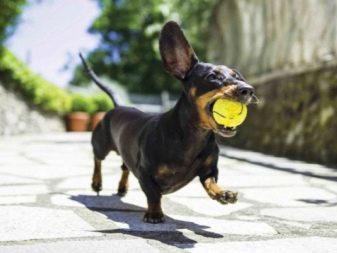
Features
The breed of dachshunds has its own characteristics. First of all, they are very friendly, unless, of course, you got an adult kept locked up. Dachshunds love to flatter themselves to other people, dogs and play with them, in addition, they are very smart, willingly trained in teams and repeat them, showing considerable ingenuity.
In the representatives of this breed, the instinct of the hunter is pronounced, they are purposeful and pursue prey even on trees.
Dachshunds are stubborn in their views on the nature of things, so it’s rude to force her to do something that she does not want, it is very difficult. For the most effective use of the potential of this animal, it is necessary to diversify both the training process and the stimuli used in the process, since the living mind of dachshunds will “stick” in the same form.

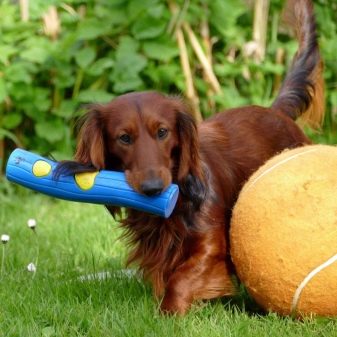
At about 3 months in dachshunds, character traits are laid, so it is critical during this period not only to give the puppy maximum warmth, comfort and care, but also to properly raise the animal. Recommendations for handling a dachshund during this period are approximately the following:
- increases the likelihood of success in the process of raising a dog of a Dachshund breed - an early start to training, so you need to start with puppyhood;
- it is necessary to draw up a daily routine in which the time for walking, eating and resting will be strictly determined; the schedule must be followed;
- the owner should show more patience and expect that the process of training the dachshund takes time, therefore it is necessary to work out the teams correctly and for a long time, doing this regularly;
- the owner must immediately establish its leading role, since the dog is a pack animal, inclined to adhere to a certain model of behavior; a dachshund cannot be begged or persuaded to execute a command - a command must be given clearly and firmly, but it is important not to overdo it - the will of a dachshund will not allow it to put up with pressure;
- the dachshund needs physical activity, and walking to create them is not enough; in the apartment, the dachshund does not have the opportunity to play enough, which can lead to problems with behavior;
- Dachshunds remember the weaknesses of their owners and then actively use them, so you need to keep a clear leading position.
Among other things, it is necessary to take into account the fact that the dachshund, like any other dog, is not able to read your thoughts, so it is foolish to demand this. A dachshund is able to understand 100–150 words; in the process of training, one should actively use these words.



How to start education?
Dog education is based primarily on the mechanisms of positive and negative reinforcement. Positive reinforcement is based on the promotion of desirable behavior, negative - on the punishment for unwanted.
Both of these mechanisms rely on the formation of conditioned reflexes, and they are formed through food and orientational reflexes.
Food reflex - the desire of the animal to get food, tentative - the desire to repeat a pleasant irritant or avoid unpleasant.
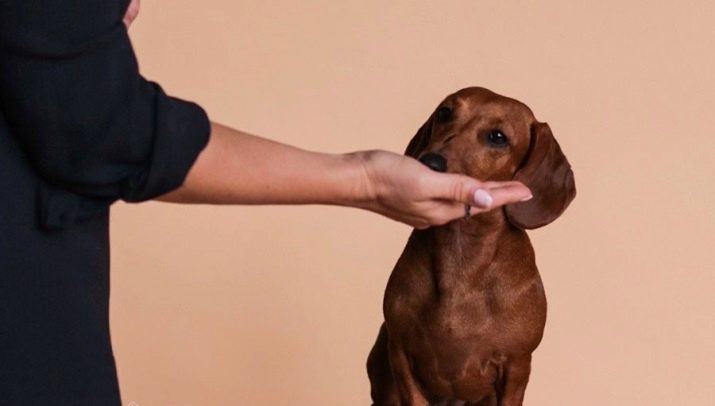
In 1994, Canadian researcher Koren ranked dogs by level of intelligence, dachshunds got a place in the group of "hard workers". The breeds in this group, in half the cases, execute commands at the first request, after twenty repetitions they learn the commands in principle, and to consolidate the result, they need about 40 repetitions. If the dog does not have deviations in mental development, they will learn commands for life. It is worth noting that the training process is also facilitated in the presence of other dogs.
Raising a dog is a task of varying degrees of difficulty even within the breed, because they also have different types of nervous activity according to Pavlov.
Sanguine people are very mobile, and nervous inhibition is developed, so it is equally easy for them to teach prohibiting and encouraging teams.
Choleric people are more welcomed by motivating teams, and those that prohibit them are digested harder. Phlegmatic people get stuck in both types of teams longer, but in them they are fixed for a longer period. Melancholic poorly trained, as the excitement in them is weaker than inhibition.
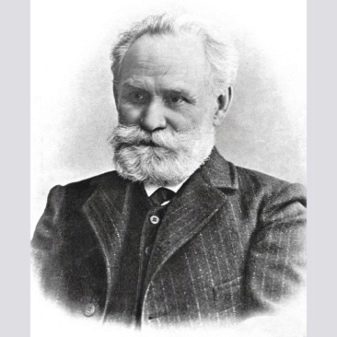
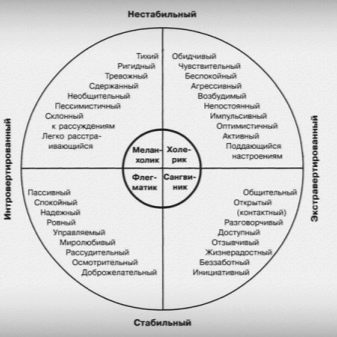
Basic teams and their training
It is necessary to deal with the key features of dogs at different ages.
- A monthly dog willingly plays and interacts with the outside world. During this period of life, the owner's task is to protect the animal from stress.
- At 2 months, the dachshund attracts attention with its voice. This puppy can already be temporarily separated from the mother in another room.
- At three months, the dog begins to tear into the street and for the first time try the “tooth” of the owners. During this period, they may begin to spoil the property. That is why this period is optimal for the start of training the animal with basic commands and signals. When training, it is very important to take into account the well-being of the animal - they should not tire the dog.
- At four months, the dog is trying to take a leading place in the "flock", so this particular period will be critical in the formation of the hierarchy. The owner must be an uncompromising and stubborn leader.
- At 4-7 months, the dog seeks to study the outside world. The owner during this period increases the time of the walk, the puppy gets acquainted with other dogs and people.At this time, the dachshund should already obey the commands well.
- At 7–9 months, differences in characters are manifested between boys and girls. Boys begin to mark the leaders and show aggression, and girls are first experiencing estrus. Females in this period must be protected from encroachment and excessive negativity, and males should be resolutely tempted, not allowing them to take the lead in the family.
- In the period from 9 to 12 months, the taxes mature, become balanced and at this time you can proceed to serious training. At this time, they begin to learn complex teams, periodically repeating the material covered.

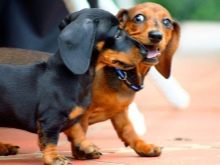
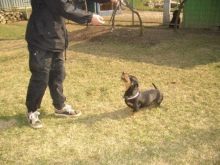
Train your puppy yourself at home should be from two months. From three weeks before this time, the puppy only learns the world around it. Starting from two months, he is ready to interact and adapt to this world, in particular - to his master.
It is already possible to give him prohibitive commands and reinforce them with refreshments.
An animal of this breed at an early age, it is advisable not to overburden the dog, 15 minutes a day will be enough for a start.


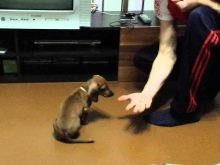
It is worth considering in more detail the main commands for fees.
- "To me". You can learn the command “to me” as follows: call the puppy with this command, after which it should come to you. If this did not work, you can pretend to leave and repeat the command. This option works almost always. If the puppy does this, praise him.
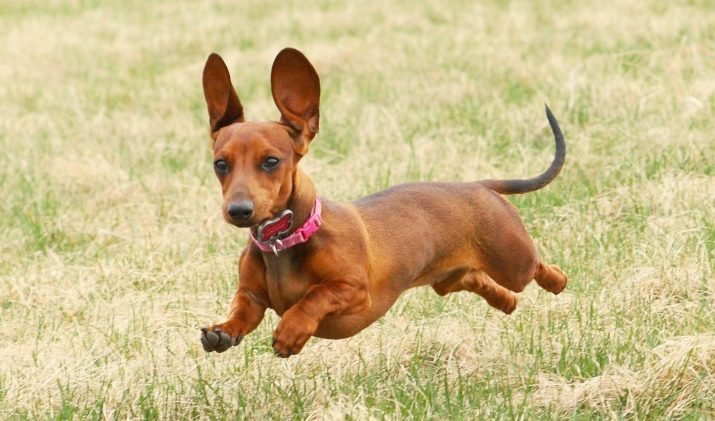
- "Stand". The “stand” team is trained using both encouragement and coercion. This means that if the dog has difficulties, then you should push her by the stomach (element of coercion), and if successful, treat and caress. It is better to teach this team without examining or otherwise caring for the dog. Go up to her and give a signal to “stand”, then lift her back by the belly, holding the collar with the other hand - the dog should not take a step, executing this command. If the starting position during the execution of the command is lying down, you can easily pull on the collar or harness in the process. Reward your pet for success. Gradually increase the interval between the team and the reward, and also make a gesture - the lowered right hand, the palm of which is turned up.
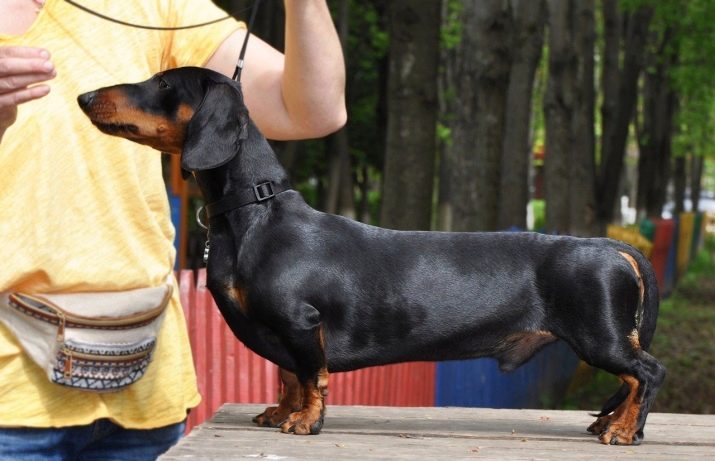
- "Nearby". When executing the command “near”, the initial position of the dog is in front of you with its face toward you. As a result, the dog should sit to the left near your leg. You must stand facing the dog, holding the leash in your left hand. Then give the command, step back with your left foot, pull slightly towards yourself and to the left. The right leg does not change position. The dog turns clockwise, its head appears where your left leg was. Then we return the leg to the place and reward the dog. Ideally, the dog will gradually learn to execute this command without a leash and, upon hearing it, follow alongside you.
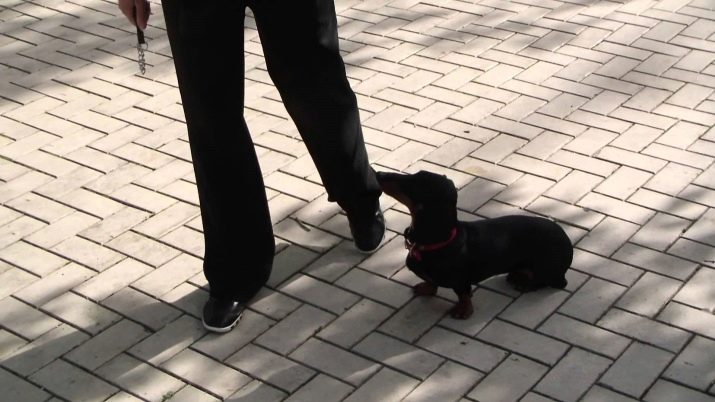
- "Fu" and "not." The command "impossible" (or "fu") is unlearned when the puppy performs an undesirable action. In this situation, you should say a command and spank the puppy slightly, in the case of categorical disobedience.


- "Show your teeth." To teach the animal a “show your teeth” team, you should pronounce it, squeeze your jaws and move your lips apart. Initially, this procedure is not very pleasant for the dog, but over time it will get used to it, and then completely learn the team. This command can be especially useful when visiting a veterinarian.
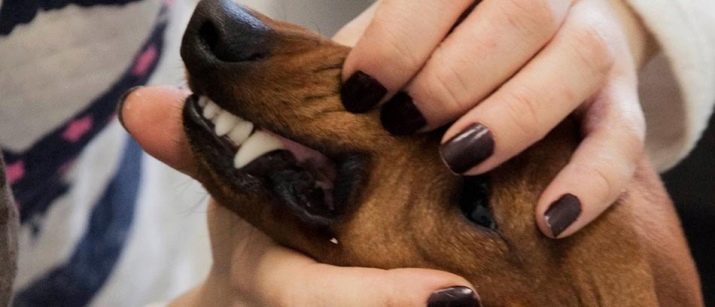
- "Sit". The “sit” team trains with a treat held in the hand over the puppy's face. Reaching for a tidbit, the dog will be forced to crouch. In case of failure, you can put your hand on the back of the dog's body. For good luck, reward the dog with a present. Sometimes you can accompany the team by pulling the collar up (but only moderate). Over time, make a time interval between the team and the serving of the treat, as well as enter a gesture - the palm of the right hand facing the front at the ear level (initial position) drops down.

- "Lie down." The lay command needs to be taught in a similar way to the sit command. A quiet place is chosen for training. The dog sits, a treat is placed under its muzzle. To eat it, the puppy will be forced to lie down. In case of persistence, dogs can be pressed on the withers. The second way is to place one hand at the withers, and place the other behind the front paws. When giving the command, slightly press on the withers, pushing the front paws and letting the dog lie down. It is important that the dog lies down neatly, stretching its forepaws forward and picking its hind legs. The third option is to press on the withers and pull the collar slightly down and forward.
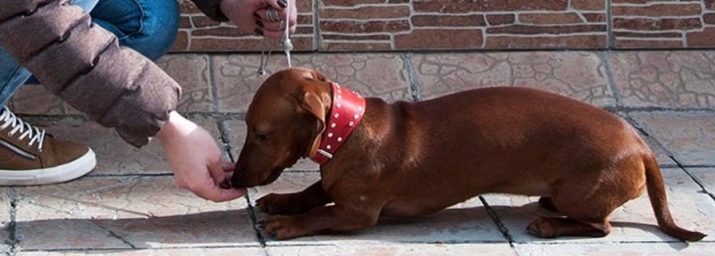
- "Give me a paw." To teach the animal this signal, hold a treat in your hand, let the pet sniff your hand and wait for the dog to extend its paw. When the dog does this, say the command, give it a treat and stroke it. You can try to do this without food - just grab the dog's paw in your hand and say the command. Without refreshments, it will take more time, but then the skill will not be based on the mercantile desire of the pet to receive refreshments. It is important to teach the dog to feed another paw. This can be achieved simply by giving a command and not returning the "first" paw of the pet, over time, he will learn to give both paws alternately after the command "give paw".
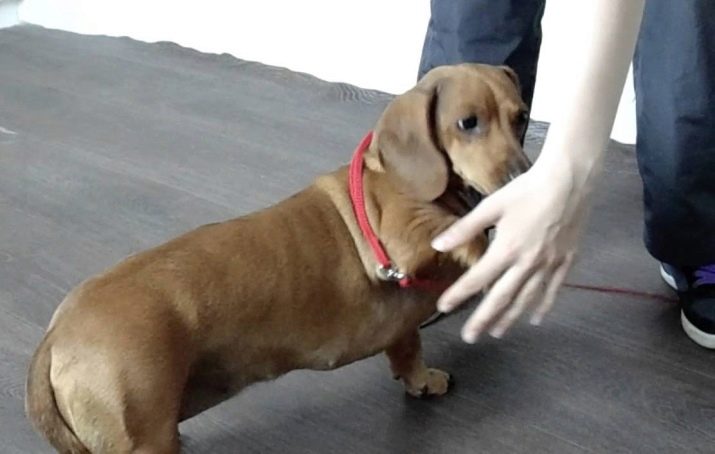
Useful Tips
The nickname issue is very important for a small dachshund. The puppy’s nickname should never be pronounced in an abusive tone, this can give rise to a negative association with the nickname, which will spoil him all his future life. To get the puppy accustomed to the nickname, pronounce it, offering a dachshund treat, which looks something like this:
- first you need to take a treat, move a certain distance from the puppy and affectionately call him;
- when the puppy comes closer - you should treat him;
- you should take a new batch of goodies, go to the next room and again call the puppy.
Puppy call in an even and measured tone. If he does not respond, they call for more persistently, demanding the immediate execution of the command. The puppy should not be blamed for the poor execution of commands, it is enough to strictly pronounce the command "fu" (or "impossible").


It is very important to provide your dachshund with chewing toys so that the dachshund can nibble them, and not your things, clothes and furniture. If the dog begs during your meal, it is necessary to gently but decisively besiege him with the "place" command.
This solves three problems - the beginning of the learning process for teams, the establishment of roles in relationships and the formation of endurance.
And also the “place” command will come in handy in a situation where the puppy goes to sleep with the owners - in such a situation, you should transfer it to the place reserved for sleep and give the command.


From the age of two months it is necessary to accustom the dachshund to the collar and leash. At first, the dog will not put up with the collar, will be nervous, trying to remove it. Gradually, the animal will get used to it. It should be noted that the collar and leash must meet such requirements as:
- the collar should be made of soft but strong fabric; in no case should he cause discomfort to the animal;
- the leash should be quite light and strong, made of quality material; the carabiner also should not be too heavy, but it should ensure the reliability of fastening.
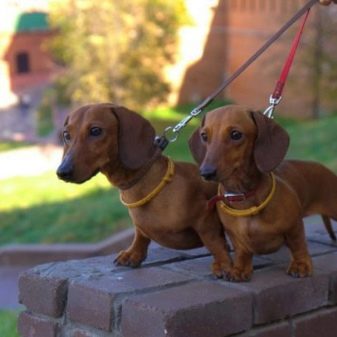
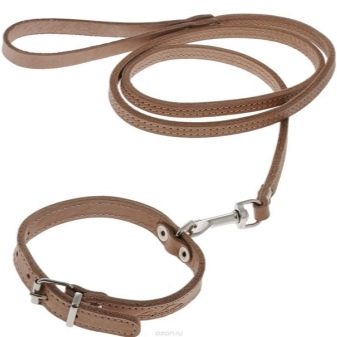
Details of training dachshunds you will learn from the video.








































